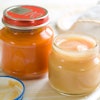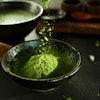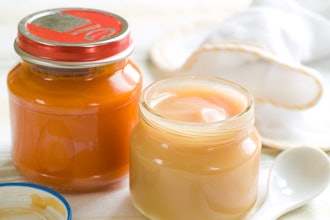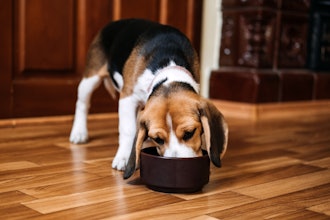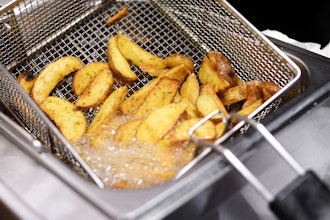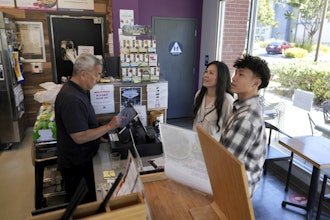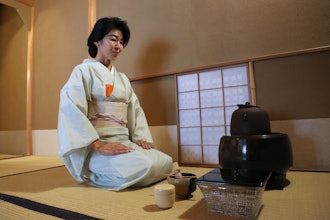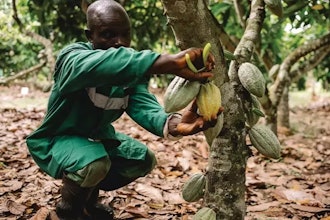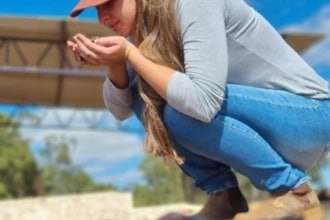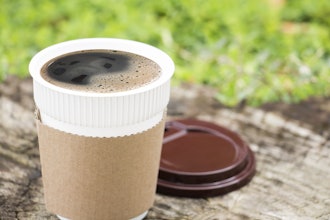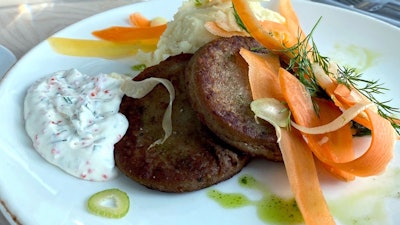
In the meat industry, it’s common practice to turn the whole animal into food products. In the fish industry, over half of the weight of the fish ends up as side-streams which never reach our plates.
This takes a toll on the environment and is out of step with Swedish food and fisheries strategies. Now, food researchers at Chalmers University of Technology, Sweden, are introducing a new sorting technology that means we get five good cuts from fish and not just the fillet. A herring processing plant on Sweden’s west coast is already implementing the new method.
When the fillet itself is removed from a fish, valuable side-streams remain, which can be turned into products such as nuggets, mince, protein isolates or omega-3-rich oils. Despite such great potential, these products leave the food chain to become animal feed or, worst case, get discarded. To exploit valuable nutrients and switch to more sustainable procedures, the way we process fish needs to change.
All cuts are treated with care
"With our new sorting method, the whole fish is treated with the same care as the fillet. The focus is on preserving quality throughout the entire value chain. Instead of putting the various side-streams into a single bin to become by-products, they are handled separately, just like in the meat industry," said research leader Ingrid Undeland, professor of food science at the Department of Biology and Biological Engineering at Chalmers.
The research was conducted as part of an international project called Waseabi. The Chalmers researchers recently published their results in the scientific journal Food Chemistry.
"Our study shows that this type of sorting technology is important, particularly as it means we can avoid highly perishable side-stream cuts being mixed in with the more stable cuts. This new method brings fresh opportunities to produce high-quality food,” said Chalmers researcher Haizhou Wu, first author of the article.
“The interest is there”
The new sorting method for separating the five different cuts is being introduced at one of the partner companies in the research project. Fish processing company, Sweden Pelagic in Ellös on the island of Orust is already using parts of the method in its production and has had good results.
"The sorting technology gives us many more opportunities to develop healthy, new and tasty foods and to expand our product range. This year, we estimate we’ll produce around 200-300 tonnes of mince from one of the new cuts and we aim to increase that figure year on year. The interest is there, in the food industry and public meal production segments like school catering," said Martin Kuhlin, CEO of Sweden Pelagic.


